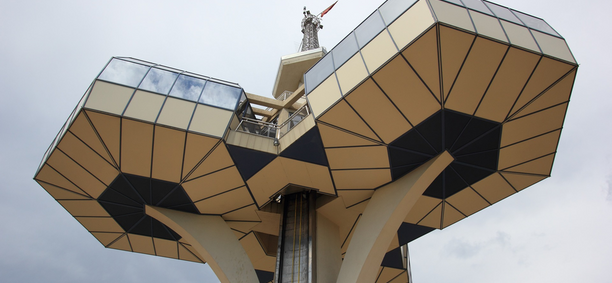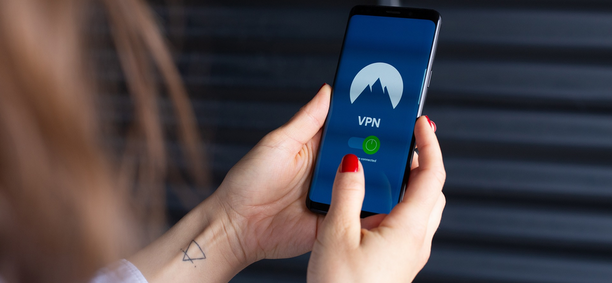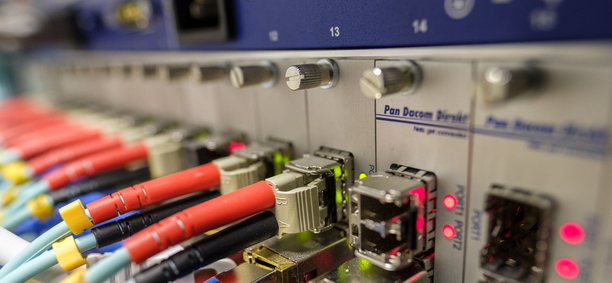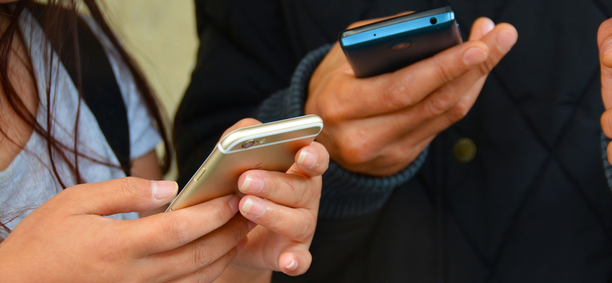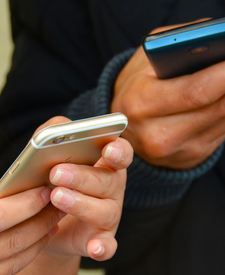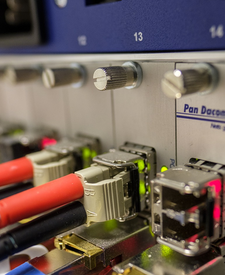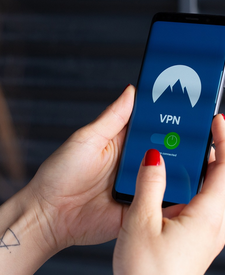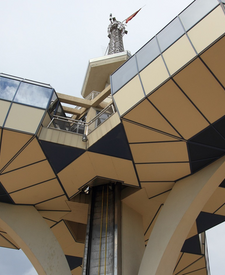Use of wireless network (WLAN/Wi-Fi) and problem situations
In this guide, you will find information on how to use your wireless local area network (also known as WLAN or Wi-Fi) and how to solve problems. This article will talk about all the possibilities to improve your private 5g networks. Additional devices for your home wireless network can be purchased from Uctel.
Connecting to a wireless network (WLAN/Wi-Fi)
To connect a device (e.g., computer, tablet, or smartphone) to the wireless network, you will need the name and password of the wireless network. This information can be found on the label on the bottom of the modem or router, or in the user manual that came with the device. New modems and other wireless networking devices create a network for both 2.4 GHz and 5 GHz frequencies.
How do I connect my device to a wireless network for the first time?
- Look at the wireless network name (SSID*) and password (WLAN/Wi-Fi encryption key/key) on the sticker on the bottom of your modem or router and write down the information.
- Find the network that matches the wireless network name in the list of wireless connections on your device (computer, phone, or tablet) and select "Connect". We recommend using a 5 GHz wireless network (see here why). You distinguish the 5 GHz network created by your modem/router from the 5G terminal in the network name.
- Next, your device will ask you for the network password, which is the password indicated on the modem/router label or in the user manual (usually a password, dongle, or key with the abbreviation WEP, WPA, or WPA2**).
- After entering the correct password, your device will connect to the wireless LAN.
- *) SSID or domain name is the name of the wireless network that is used to find the network on computers and mobile devices.
- **) WEP, WPA, WPA2 are wireless network encryption technologies. Typically, the settings are already ready in the terminals. If you choose an encryption method, the recommended option is WPA2.
What is the difference between 2.4 GHz and 5 GHz wireless network frequencies?
The lower frequency of 2.4 GHz is easily overloaded in densely populated areas or, for example, in an apartment building. Therefore, it is worth connecting devices to a 5 GHz wireless network, which is less congested and provides a much better connection.
With a 5 GHz wireless network, you get higher speeds for the connection, but the network coverage is weaker than with a 2.4 GHz network. If your apartment is large or there are several obstacles between the place of use and the modem and the wireless network does not work properly on a 5 GHz network, you should also try the functionality on a 2.4 GHz network because of the longer range. For shorter distances, you should always use the 5 GHz frequency.
Additional devices at home that support the wireless network
Do many devices share an internet connection in your home? Or do you live in a home with thick walls and residential floors through which the wireless network can be heard? With the right devices, using a wireless connection is easy and hassle-free. Check out device tips or book a home network expert at Uctel.
Wireless Internet interrupted? Mesh device improves weak wireless network signal
Most often, stuttering and slow internet connection is caused by a weak wireless network signal. If the wireless network coverage in your home is not good enough for every room, there is a simple solution. Our services significantly strengthen the network and guarantee functionality everywhere in your home.
Outdoor antenna for private house or cottage
An outdoor antenna is the most effective solution in poor coverage areas. They can be pointed toward the base station to achieve better coverage. Outdoor antennas are similar to television antennas and are mounted in the same way as a television antenna, for example on the wall or in the same antenna tube as the television antenna.
For best results, use two antennas or a MIMO antenna (a MIMO antenna has 2 or more antennas together). The more powerful the antenna you get, the stronger the signal and therefore the faster and more reliable the connection. Ridge antennas are the most directional and therefore the most efficient.
Be sure to check that you can connect the antenna to your router. If your router's connector doesn't fit the antenna, you can use a variety of adapters to help. However, it is advisable to buy a directly compatible antenna, as an adapter will always weaken the signal.
The antenna cable also attenuates the signal, so it is best to use the shortest, lowest-loss cable possible. As a rule of thumb, the total length of the cables should not exceed 15-20 meters.
Outdoor antennas are sold in shops specializing in mobile phone accessories and antennas, for example. Outdoor antennas cost between €50 and €300, and we recommend that you ask your dealer for help in choosing an antenna.
What to consider before buying an additional antenna?
- Check that your current router has a connection for an additional antenna.
- Depending on the mobile router, there are one or two connection slots (TS9 or SMA), which you can check in the instructions for the router model you are using.
- For 4G and 5G networks, you should check that the antenna supports all frequencies. Most outdoor antennas operate in a wide range of bands, but there are also antennas on the market that are designed for specific bands.
- One important feature of an antenna is the gain it provides. This number tells you how much the antenna amplifies the signal from the mobile network. The gain can vary from one frequency band to another. Outdoor directional antennas typically have a gain of 7 to 15 dB. A higher figure is better.
For best results, place the antenna outside and preferably above the ceiling, as structures such as walls and windows will always attenuate the signal. You can ask our customer service team which direction the base station is located.
